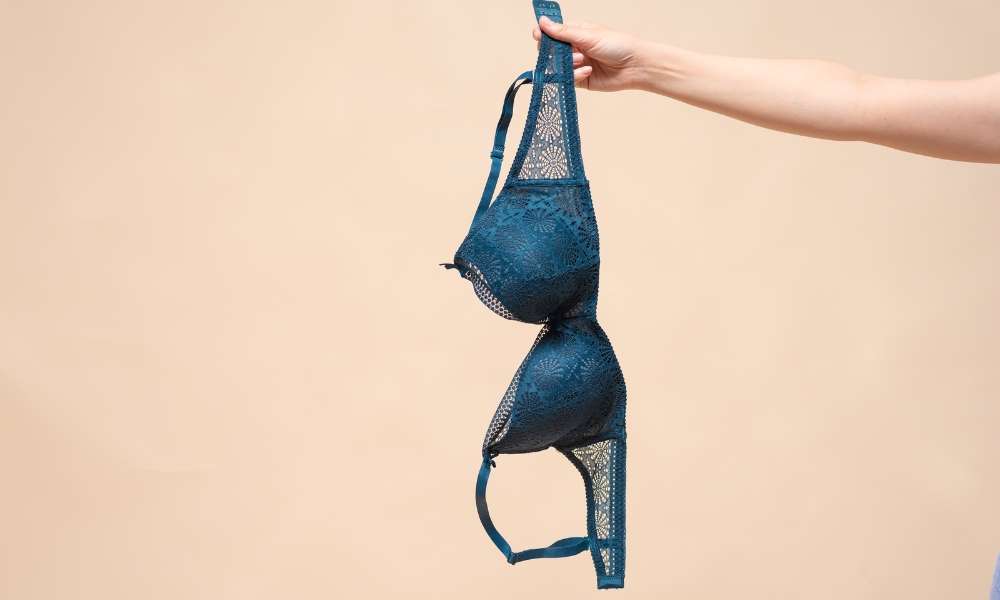Bras Through Time: Fit, Function, and Care Guide
Discover how the right bra can transform comfort, posture, and confidence. This comprehensive guide explains why proper bra fitting matters, covers common materials and construction, offers care tips to extend wear, explains when to replace bras, and compares popular brands and price ranges. Learn how fit, fabric, and maintenance work together to support everyday life and changing bodies, with practical advice for finding styles that suit your needs.

Why a Proper Fit Matters
Research suggests nearly 80% of people wear bras that don’t fit correctly, which can cause discomfort and contribute to posture problems or skin irritation. A well-fitting bra should feel supportive without digging in, leaving deep marks, or restricting breathing. Key elements to check when assessing fit include a snug band that stays level across the back, cups that contain breast tissue without overflowing or gaping, and straps that help support but don’t bear the full weight or cut into shoulders. Because body shape and size shift over time—due to weight changes, pregnancy, hormonal cycles, or aging—it’s wise to get professionally measured about every six months or when you notice changes in how garments feel.
Materials and Construction Features to Know
Modern bras are made from a mix of natural and synthetic fibers designed for different priorities. Cotton remains popular for breathability and softness against the skin, while microfiber and performance blends wick moisture and dry quickly—useful for active or warm-weather wear. Stretch fabrics and elastane blends add flexibility and allow the bra to move with the body.
Construction varies widely. Underwire bras offer structured shaping and targeted support, which many find useful for larger cup sizes or tailored silhouettes. Wire-free options have improved dramatically and can provide comfortable support through clever band design and thicker fabrics. Padding ranges from light lining to memory foam cups for smooth shaping, and seamless constructions reduce visible lines under fitted clothing.
Advanced features to consider include moisture-wicking panels for high-activity use, convertible straps for multiple necklines, and wide, cushioned bands that distribute weight and minimize digging. Understanding these differences helps match fabric and build to your daily routine—whether you need breathable basics, supportive workwear, or a low-profile tee bra.
How to Care for Your Bras
Proper laundering keeps a bra functioning longer and preserves shape. Hand washing with cool water and a gentle detergent is the best way to protect elastics, underwires, and fastenings. If you prefer machine washing, place bras in a mesh lingerie bag, use a delicate cycle, and fasten hooks to avoid snags. Avoid bleach and fabric softeners, which can degrade elastic fibers.
Air drying is essential—heat from dryers can break down elastic and warp cups and wires. Lay bras flat or hang them by the center gore (not the straps) to maintain shape. Rotating between several bras reduces the frequency each one is worn and allows elastic time to recover, extending overall wardrobe life. Proper storage—either laid flat or stacked with cups nested—helps keep molded cups and padding intact.
Signs It’s Time for a New Bra
Even with careful care, bras have a limited life. For regular rotation and wear, expect to replace bras every 6–8 months. Watch for these warning signs: the band stretches and rides up, hooks are misshapen or corroded, elastic along the straps or band has lost its rebound, cups have become misshapen or lumpy, or seams and fabrics show visible wear. If your breasts spill over the cup, the underwire pokes, or straps continually slip, it’s time to reassess size and style. Major body changes like pregnancy, significant weight fluctuation, or surgery also call for a new fitting and different bra styles to meet changing needs.
Choosing Styles for Your Lifestyle
Pick bras based on activity and wardrobe. Everyday t-shirt bras emphasize a smooth finish under clothing; full-coverage bras deliver maximum support and are often preferred for longer wear; sports bras range from light-support for walking to high-compression designs for running; and specialty styles—plunge, balconette, or strapless—serve specific outfits and necklines. Comfort-first shoppers may favor wire-free or wide-band designs, while those prioritizing shaping may choose underwire or lightly padded cups.
| Brand | Type | Price Range |
|---|---|---|
| ThirdLove | T-Shirt/Everyday | $45-$68 |
| Wacoal | Full Coverage/Support | $48-$85 |
| Calvin Klein | Basic/Athletic | $28-$45 |
| Victoria’s Secret | Fashion/Push-up | $35-$75 |
| Soma | Comfort/Wire-free | $42-$65 |
Prices, rates, or cost estimates mentioned in this article are based on the latest available information but may change over time. Independent research is advised before making financial decisions.
This article is for informational purposes only and should not be considered medical advice. Please consult a qualified healthcare professional for personalized guidance and treatment.
Final Thoughts
A thoughtfully chosen bra supports physical comfort and can boost confidence. Regularly checking fit, investing in a few quality pieces, and following simple care routines will improve daily comfort and prolong the garments’ usefulness. Whether updating basics or trying specialized styles, prioritize fit and function to match your body and lifestyle through every stage.






